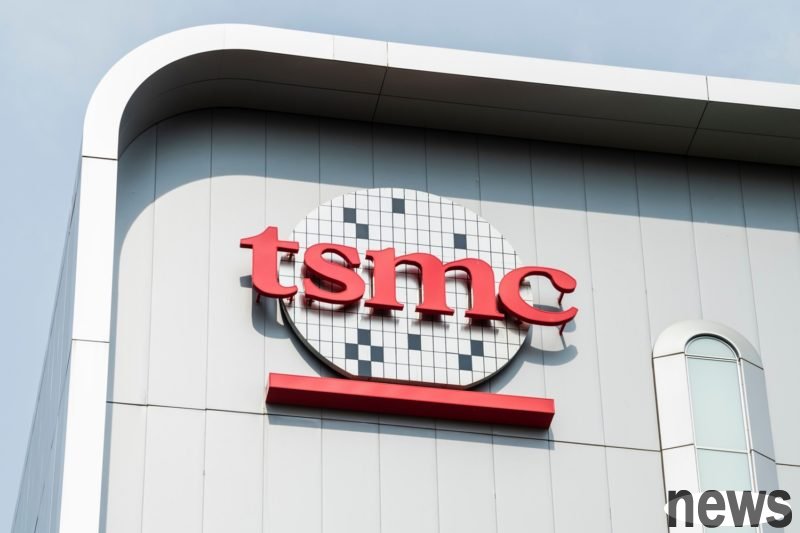
Foreign media reported that for TSMC, the leader in wafer foundry, the evolution of process technology is often accompanied by soaring costs, which poses huge cost pressure to customer groups that rely on technology, such as Apple, Qualcomm and MediaTek.
Previous reports pointed out that customers may need to pay a premium of up to 50% to obtain TSMC's latest 2nm wafers. However, according to the latest industry news, the actual price difference may be far less dramatic than the imagined premium. 2nm is only 10% to 20% more expensive than 3nm.
Wccftech cited news from Taiwanese market media Investor that for TSMC’s 3nm customers, switching to 2nm seems to reduce financial pressure. TSMC’s 2nm wafer price may reach US$30,000 per piece. If it remains unchanged, the high cost will be passed on to end consumers, causing the prices of smartphones and tablets to rise, causing sales pressure.
4 Market reports indicate that there is only a 10% to 20% price gap for 2nm wafers, which may make TSMC customers no longer feel so much pressure when adopting 2nm. The key is that TSMC is scheduled to increase prices by 3 nanometers. N3E is about $25,000 per wafer after price increases, and third-generation N3P is about $27,000. As 3nm prices increase, customers moving from 3nm to 2nm may not be as expensive as they thought.
In fact, some major customers seem to have already felt the price increase pressure of TSMC in advance. Previous reports pointed out that Qualcomm and MediaTek paid up to 24% premium for the production of Snapdragon 8 Elite Gen 5 and Dimensity 9500 SoC respectively due to their switch to using TSMC's N3P process. This suggests that both companies may have been affected by price increases ahead of the latest report.
But despite this, some customers are still actively embracing the latest technology. For example, Qualcomm is stepping up its plans to move its 2026 Snapdragon 8 Elite Gen 6 SoC to TSMC's 2nm. Competitor MediaTek also recently announced that the first SoC using TSMC's 2nm process has been successfully taped out and will become the first batch of 2nm companies. The product is expected to be mass-produced by the end of 2026. In addition to AMD's previous announcement, the new AMD EPYC processor, codenamed Venice, has become the industry's first to complete tape out and adopt TSMC's advanced 2nm high-performance computing (HPC) products. All this shows that even if the price is still not cheap, customers are still paying for TSMC's 2nm.
